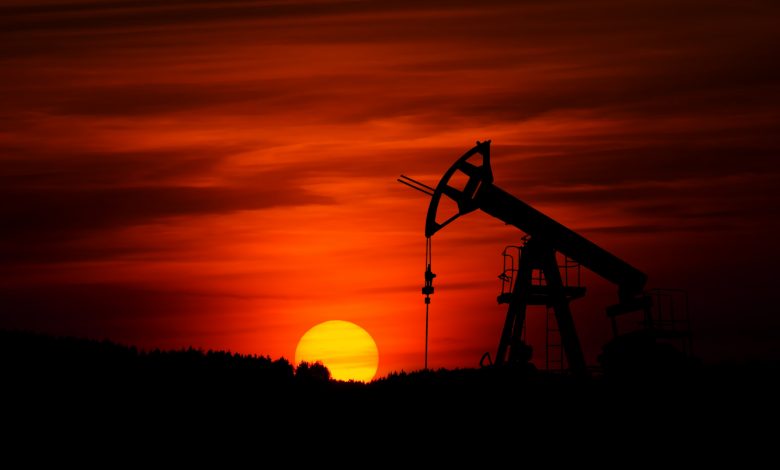Prices and Oil

As of late November 2019, oil prices hit the lowest point of the entire year. This is something that President Donald Trump called “a big Tax Cut for America and the World” on Twitter. However, the international market doesn’t see it that way.
Of the 10.96 million barrels per day produced in 2018, 59 percent (about six million) was from shale oil resources.
Now, the driving force behind the U.S. push to the top of the world’s oil production is winding down, which is driving prices and the international economy down. Analysts attribute the slowdown to the mass haul of new wells in 2017-18 that were costing more than they were reaping (younger shale oil reserves produce hefty oil amounts in the first quarter of operation and rapidly slow down after that).
As prices started to drop last year, investors were on the defense. They implored companies to focus on “cash flow generation” (Saefrong, 2019).
 Photo by Markus Spiske on Unsplash
Photo by Markus Spiske on Unsplash
Financial disappointment
According to a 2019 study done by the Institute for Energy Economics and Financial Analysis, oil and gas companies are operating in the red. The third-quarter analysis for the year caps a “decade of disappointments” for shale investors. In the past year, $4.9 billion has been lost by negative cash flows, i.e. when companies are forced to spend reserve money or selling assets. This massive deficit is shadowed by the $117 billion in long-term debt that oil producers owe investors (Williams-Derry & Hipple, 2019).
The study done by the Institute for Energy Economics and Financial Analysis calls shale a “victim of its own success,” as high yields have kept prices so low that some companies are now starting to file for bankruptcy. The Institute, furthermore, explains that the shale industry never looked to be prosperous. Companies, time and again, have had to turn to third parties to infuse capital in order to keep operations moving. And, now, Wall Street has had enough.
Since the beginning of 2019, a leading stock for oil producers has taken a 19 percent hit. By the end of the third quarter, the energy industry “hit rock-bottom” within the S&P 500, as drilling, exploration, production, and maintenance led the decline.
Readings high and low oil prices
Oil prices directly affect the prices of goods that require petroleum or petroleum products in order to be made, while indirectly affecting transportation costs and those of manufacturing and heating. Generally, higher oil prices shift the supply curve in the global economy lower as the cost of producing goods is increased. However, it may look a little different to big-time producers and others watching the oil market.
Goldman Sachs concluded from its research that higher oil prices are better for the economy. Banks use capital from major oil producers’ savings from the “wave of capital” from high oil prices. The capital is then lent out. However, because “financial markets are more liquid” borrowing rates are lower, there are higher asset values, and “ultimately greater consumer confidence” (Cunningham, 2016).
Sources
Myra P. Saefong (2019). “Why the Shale Boom Is Slowing and What That Means for Oil Prices” Barron’s.
Clark Williams-Derry and Kathy Hipple (2019). “U.S. Fracking Sector Spills More Red Ink—Again.” Institute for Energy Economics and Financial Analysis
Federal Reserve Bank of San Francisco (2007). “What are the possible causes and consequences of higher oil prices on the overall economy?”
Nick Cunningham (2016). “The Economy Needs Higher Oil Prices – Goldman Sachs” OilPrice.com



